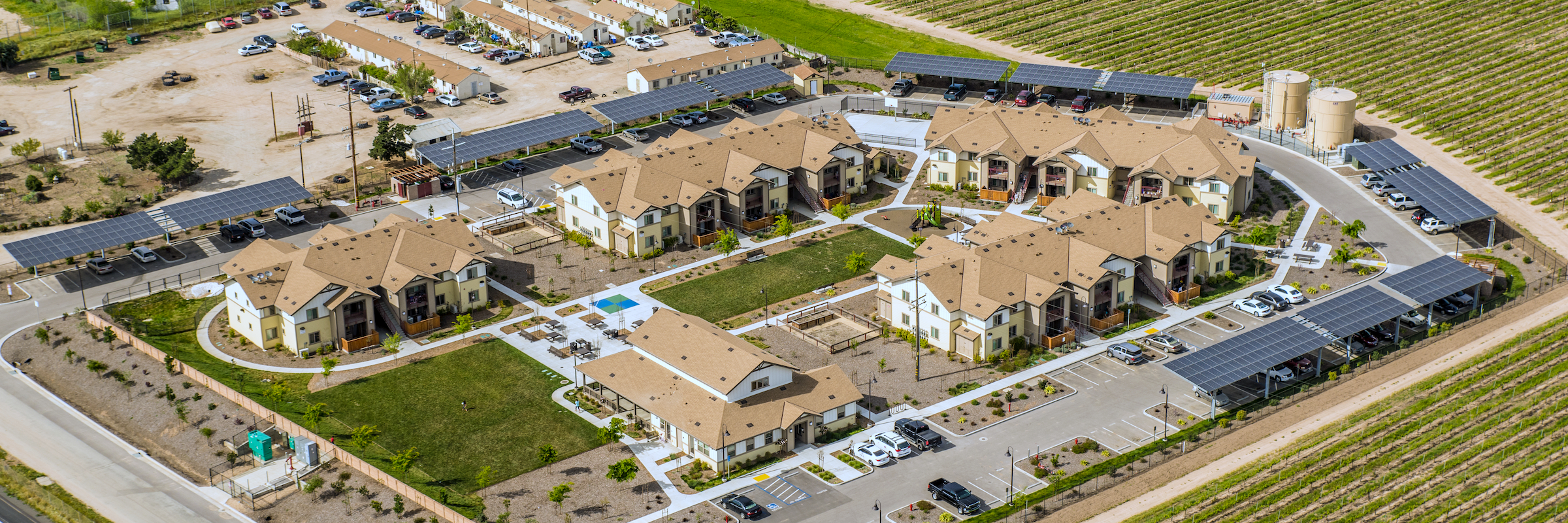
The California Public Utilities Commission (CPUC) has significantly changed the Virtual Net Energy Metering (VNEM) and Net Energy Metering Aggregation (NEMA) programs. These changes, as highlighted by the California Solar & Storage Association (CALSSA), are set to impact the affordability and viability of solar energy for a wide range of consumers for years to come.
VNEM and NEMA have been instrumental in propelling solar adoption across California, especially for properties with multiple electric meters like schools, farms, apartments, and small businesses. These programs facilitated access to solar energy for those who couldn't directly benefit from Net Energy Metering (NEM), which credits consumers for surplus energy fed back into the power grid.
The CPUC's latest decision is a significant departure from these supportive measures. It effectively bars buildings with multiple electric meters from offsetting their utility bills with solar energy produced onsite. This means that entities like small businesses in strip malls or schools with solar installations can no longer directly utilize their generated solar power for cost savings. Instead, they are compelled to sell this energy to utility companies at lower rates and repurchase it at a higher cost.
For many VNEM and NEMA customers, this change is expected to make solar installations financially unviable. CALSSA's executive director, Bernadette Del Chiaro, criticized the CPUC's decision as detrimental to both consumers and the state's clean energy goals. She pointed out that this move benefits large utilities at the expense of the solar industry and consumers, undermining previous progress in renewable energy adoption. This sentiment is echoed by other industry experts and environmental advocates who are urging a reconsideration of the policy.
A CPUC revision allows net metering for residential meters in apartment complexes. However, it substantially reduces economic incentives for building-wide solar installations because meters in common areas like gyms and EV charging stations are excluded! This limitation could discourage building owners from adopting solar solutions, and adversely affect individual tenants.
According to the CPUC, these changes aim to encourage the adoption of battery storage and better manage solar energy export during peak hours. They argue that this shift is necessary for aligning solar energy production with power grid demand. However, after 47 years of designing and installing innovative solar and battery storage solutions, Sun Light & Power agrees with solar advocates, who view this as a step backward that could slow down California's progress towards its renewable energy targets.
The CPUC's decision has sparked a debate about the best path forward for California solar. How can they balance the needs of the grid, consumers, and the environment? As the situation unfolds, experienced solar providers and advocates must play a role in shaping a resilient and efficient solar landscape. Please join us and our friends at CALSSA as we continue to fight for our solar rights in California. We are calling on Governor Newsom and other leaders to address these challenges and help realign California’s solar policy with its broader clean energy objectives.
Chris Mink is Sales Manager at Sun Light & Power